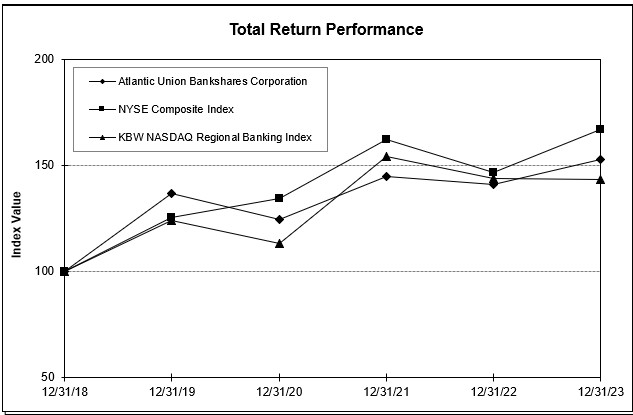sufficient to detect all potential environmental hazards. The remediation costs and any other financial liabilities associated with an environmental hazard could have a material adverse effect on our business, financial condition, and results of operations.
Risks Related to Our Business, Industry, Markets, and Market Interest Rates
Our business and results of operations may be adversely affected by the financial markets, fiscal, monetary, and regulatory policies, developments impacting the financial services industry specifically and economic conditions generally.
General economic, political, social and health conditions in the U.S. and abroad affect markets in the U.S. and our business. In particular, markets in the U.S. may be affected by the level and volatility of interest rates, availability and market conditions of financing, unexpected changes in gross domestic product, economic growth or its sustainability, inflation, supply chain disruptions, consumer spending, employment levels, labor shortages, wage stagnation, federal government shutdowns, developments related to the U.S. federal debt ceiling, energy prices, home prices, commercial property values, bankruptcies, a default by a significant market participant or class of counterparties, fluctuations or other significant changes in both debt and equity capital markets and currencies, liquidity of the global financial markets, the growth of global trade and commerce, trade policies, the availability and cost of capital and credit, disruption of communication, transportation or energy infrastructure and investor sentiment and confidence. Markets may also be adversely affected by the current or anticipated impact of climate change, extreme weather events or natural disasters, the emergence or continuation of widespread health emergencies or pandemics, cyberattacks or campaigns, military conflict, terrorism, or other geopolitical events. Market fluctuations may impact net interest margin and affect our business liquidity. Also, any sudden or prolonged market downturn in the U.S., as a result of the above factors or otherwise, could result in a decline in net interest income and noninterest income and adversely affect our results of operations and financial condition, including capital and liquidity levels. Events in the financial services industry, such as the high-profile bank failures in 2023, may also cause concern and uncertainty about the financial services industry generally, which may result in sudden deposit outflows, increased borrowing and funding costs, and increased competition for liquidity, any of which could have a material adverse impact on our business, financial condition, and results of operations.
Our financial performance generally, and in particular, the ability of borrowers to pay interest on and repay the principal of outstanding loans and the value of collateral securing those loans, as well as demand for loans and other products and services we offer and whose success we rely on to drive our growth, is also highly dependent on the business environment in the primary markets where we operate. Unlike larger financial institutions that are more geographically diversified, we are a regional bank that focuses on providing banking and financial services to customers primarily in Virginia, and in certain markets in Maryland, North Carolina, and South Carolina. The economic conditions in these markets may be different from, and in some instances worse than, the economic conditions in the United States as a whole. An economic downturn or prolonged recession can result in a deterioration of our credit quality, an increase in the number of loan delinquencies, defaults and charge-offs, foreclosures, additional provisions for loan losses, adverse asset values and a reduction in deposits and assets under management or administration. Unlike many larger institutions, we are not able to spread the risks of unfavorable local economic conditions across a large number of diversified economies. An economic downturn could, therefore, result in losses that materially and adversely affect our business.
We may not be able to maintain a strong core deposit base or access other low-cost funding sources.
We rely on bank deposits to be a low cost and stable source of funding. In addition, our future growth will largely depend on our ability to maintain and grow a strong core deposit base. If we are unable to continue to attract and retain core deposits, to obtain third party financing on favorable terms, or to have access to interbank or other liquidity sources, we may not be able to grow our assets as quickly. Deposit levels may be affected by various industry factors, including general interest rate levels, returns available to customers on alternative investments, conditions in the financial services industry specifically and general economic conditions that impact the amount of liquidity in the economy and savings levels, and also by factors that impact customers’ perception of our financial condition and capital and liquidity levels. If a large number of our depositors or depositors with a high concentration of deposits sought to withdraw their deposits suddenly, we could encounter difficulty meeting such a significant deposit outflow, which could negatively impact our profitability, reputation, and liquidity. Significant unanticipated deposit outflows have occurred at other financial institutions, and may occur in the future, compounded by advances in technology that increase the speed at which deposits can be moved from bank to bank or outside the banking system, as well as the speed and reach with which
